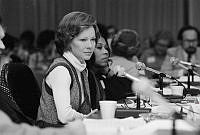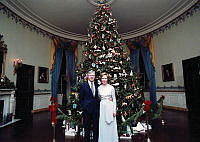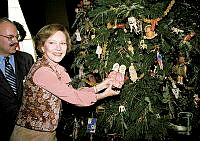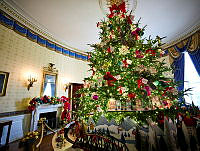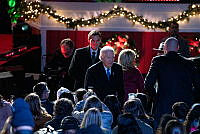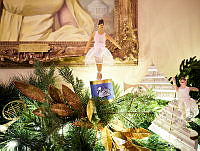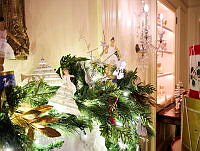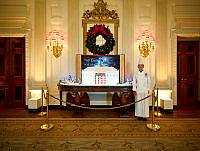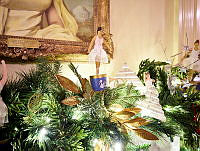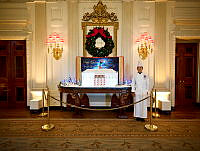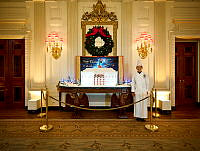Martha Jefferson

Martha Wayles Skelton Jefferson was born on October 30, 1748 at her father’s plantation in Charles City County, Virginia. At the age of 18 Martha married Bathurst Skelton on November 20, 1766, but following his death two years later, she returned to her parent’s home with her young son.
When Thomas Jefferson came courting a few years later, the 22-year-old widow had lost her firstborn son. The pair shared an interest in horseback riding, literature and music.
They were married on New Year’s Day, 1772, at the bride’s plantation home “The Forest,” near Williamsburg and then traveled back to Monticello in a late January snowstorm to begin married life. Martha quickly settled into her role helping manage the plantation. Martha and Thomas Jefferson acquired a number of enslaved individuals through Martha’s dowry and her father’s death in 1773, making Jefferson the second largest slave owner in Albemarle County.
The birth of their daughter Martha in September 1772 increased their happiness. Within 10 years the family gained five more children. Only two children lived to adulthood: Martha, called Patsy, and Mary, called Maria or Polly.
The physical strain of frequent pregnancies weakened Martha Jefferson so gravely that her husband curtailed his political activities to stay near her. He served in Virginia’s House of Delegates and as governor, but he refused an appointment by the Continental Congress as a commissioner to France. Just after New Year’s Day, 1781, a British invasion forced Martha to flee the capital in Richmond with a baby girl a few weeks old—who died in April. In June the family barely escaped an enemy raid on Monticello. She gave birth to another daughter the following May, and weakened by a difficult childbirth, her health steadily deteriorated. Jefferson wrote on May 20 that her condition was dangerous. After months of tending her devotedly, he noted in his account book for September 6, 1782 “My dear wife died this day at 11–45 A.M" at the age of 33.
Jefferson never brought himself to record their life together; in a memoir he referred to 10 years “in unchequered happiness.” Half a century later his daughter Martha remembered his sorrow: “the violence of his emotion . . . to this day I dare not describe to myself.” For three weeks he shut himself in his room, pacing back and forth until exhausted. Slowly that first anguish spent itself. In November he agreed to serve as Minister to France, eventually taking Patsy with him in 1784 and sending for Polly later.
When Jefferson became president in 1801, he had been a widower for 19 years. He was as capable of handling social affairs as political matters. Occasionally he called on Dolley Madison and other spouses of Cabinet members for assistance. It was Patsy—now married to Thomas Mann Randolph Jr.—who appeared as White House hostess in the winter of 1802-1803, when she spent seven weeks there. She was there again in 1805–1806 and gave birth to a son named for James Madison, the first president’s grandchild born in the White House. It was Martha Randolph with her family who shared Jefferson’s retirement at Monticello until he died there in 1826.
Click here to learn more about the enslaved household of the Jefferson family.
This is a modern painting by John Hutton imagining what Martha Jefferson, the wife of Thomas Jefferson would have looked like when she was alive.




















